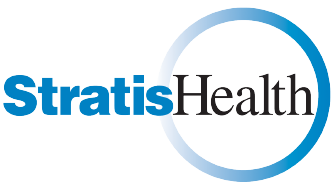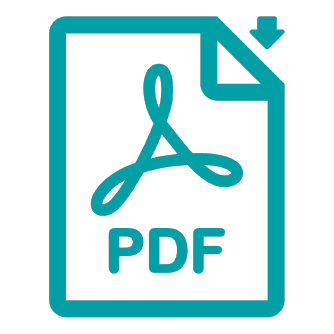The primary goal of the Rural Community Ambulance Agency Transformation Readiness Assessment and associated resources is to help ambulance agency leaders in rural America assess the state of their agency’s readiness in the core competency areas specifically adapted for rural ambulance agencies from the Baldridge Excellence Framework for Health Care.
Outcomes and Impact core competencies for the ambulance agency include:
- The agency publicly reports all quality and community health needs outcomes for activities in which it participates.
- The agency collaborates with multiple stakeholders and payers to identify shared savings opportunities.
- The agency regularly engages the community in forums designed to educate about and collect their specific input on programs and services it provides.
- The agency participates in value-based private payer contracts and Centers for Medicare & Medicaid Services (CMS) shared savings models.
Resources for Rural Emergency Medical Services (EMS) Outcomes and Impact
This course is designed to introduce the staff of health care organizations to the concepts of quality improvement. The Rural EMS Quality Improvement Basics course links to relevant parts of that program while also providing rural-relevant EMS examples providers can appreciate using the same approach. It is designed to suit the needs of rural EMS providers by dividing the topic of quality improvement into three distinct levels that build on each other: awareness, implementation, and leader.
This 2018 resource collection by the National Association of State EMS Officials (NASEMSO) is intended to assist agencies planning for community health service provision as part of their transformation. The resources are aimed at defining health needs in the community with which the transformed EMS agency may be most useful for addressing.
View the summary of a 2018 survey conducted with over 200 known Community Paramedicine-Mobile Integrated Health (CP-MIH) agencies in the country exploring many aspects of their operations including outcome and impact measurement and the development of relationships with communities served and with key partners and stakeholders.
This document has been created to provide talking points for EMS agencies to explain to payers the value of EMS 3.0 services.
The Action Guide is a framework to help multi-sector groups work together to improve population health. It is organized by 10 elements and contains definitions, recommendations, practical examples and a range of resources written in plain language to be as accessible as possible for all types of stakeholders.
A national project by several associations and agencies to create performance measures for mobile integrated health-community paramedicine health care services. View the measures, project participants, and contact information to join.
This article discusses the concept of Informed Community Self-Determination (ICSD) in EMS. It is thought to be a useful tool to evaluate the community’s EMS, informing the community of current capability and limitations (costs, staffing), establish options for change, and inform the community of the relative costs of those options.




